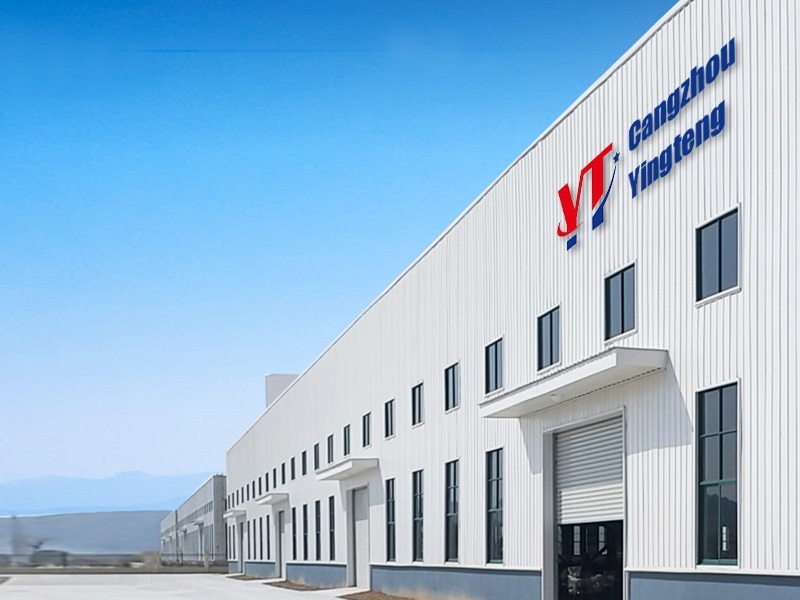Unlocking the Secrets of Hard Board Production Line: A Comprehensive Guide
Apr 30,2025

Introduction to Hard Board Production
When you think about the world of manufacturing, it’s easy to get lost in the complexities and technical jargon. But let’s keep it simple: the Hard Board Production Line is a fascinating facet of the industry that deserves a spotlight. Ever wondered how those sturdy boards you see everywhere are made? Well, buckle up, because we’re about to dive deep!
What is Hard Board?
First things first, let’s clarify what hard board is. Hard board, often referred to as Masonite, is a type of engineered wood product made from wood fibers. It’s compressed under heat and pressure, creating a dense and durable board. Seriously, it’s the unsung hero of furniture, cabinetry, and even soundproofing solutions. Who knew?
The Hard Board Production Line Explained
Alright, let’s get into the nitty-gritty of the Hard Board Production Line. This line is a meticulously designed system that streamlines the process from raw materials to finished product. It’s like a well-oiled machine, and here’s how it works:
1. Raw Material Preparation
The journey begins with the selection of the right wood fibers. These can come from various sources, including sawmill scraps, wood chips, or even recycled wood. Talk about sustainability!
2. Fiber Processing
Next up, the wood fibers are processed. They’re steamed and refined, breaking them down into finer particles. It’s like turning the wood into a fluffy cloud of fibers ready for action.
3. Mat Formation
Once the fibers are ready, they’re spread out into mats. This is where the magic happens! The mats are layered and compressed to form a solid sheet. Think of it as crafting a giant sandwich, but instead of bread, you have wood fibers.
4. Pressing
Now, the mats head into a hydraulic press where they’re subjected to intense heat and pressure. This step is crucial as it fuses the fibers together, creating that iconic hardness we associate with hard boards.
5. Cutting and Finishing
After the pressing, the boards are cut to size and finished. This can include sanding, coating, or laminating. This final touch is what gives hard boards their sleek look and durability.
Why is the Hard Board Production Line Important?
You might be asking yourself, “Why should I care about the Hard Board Production Line?” Well, let me tell you, it’s pivotal for several reasons:
- Sustainability: Utilizing recycled materials helps reduce waste and promote eco-friendly practices.
- Versatility: Hard boards can be used in various applications, from home furnishings to construction.
- Cost-Effectiveness: The production process is efficient, ensuring that high-quality boards can be produced at a lower cost.
Challenges in Hard Board Production
Of course, no industry is without its hurdles. The Hard Board Production Line faces challenges such as:
- Quality Control: Ensuring consistent quality can be tough, especially with varying raw materials.
- Environmental Concerns: Although hard boards are often made from recycled materials, the production process can still be energy-intensive.
- Market Competition: The rise of alternative materials means hard boards face stiff competition.
Future of the Hard Board Production Line
Looking ahead, the future of the Hard Board Production Line seems promising. Innovations in technology and sustainable practices are paving the way for a more efficient and environmentally friendly production process. Isn’t it exciting to think about what’s next?
Conclusion
In a nutshell, the Hard Board Production Line is a remarkable part of the manufacturing landscape. From its raw materials to the final product, each step is essential in creating the versatile boards we often take for granted. So next time you see a hard board, just remember: there’s a whole world of engineering and creativity behind it! Who knew manufacturing could be so interesting?



